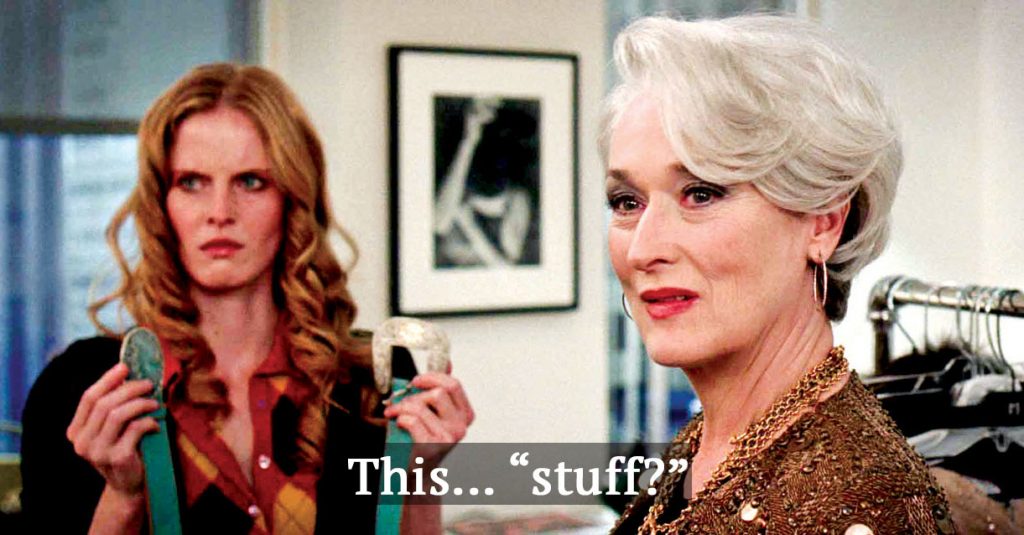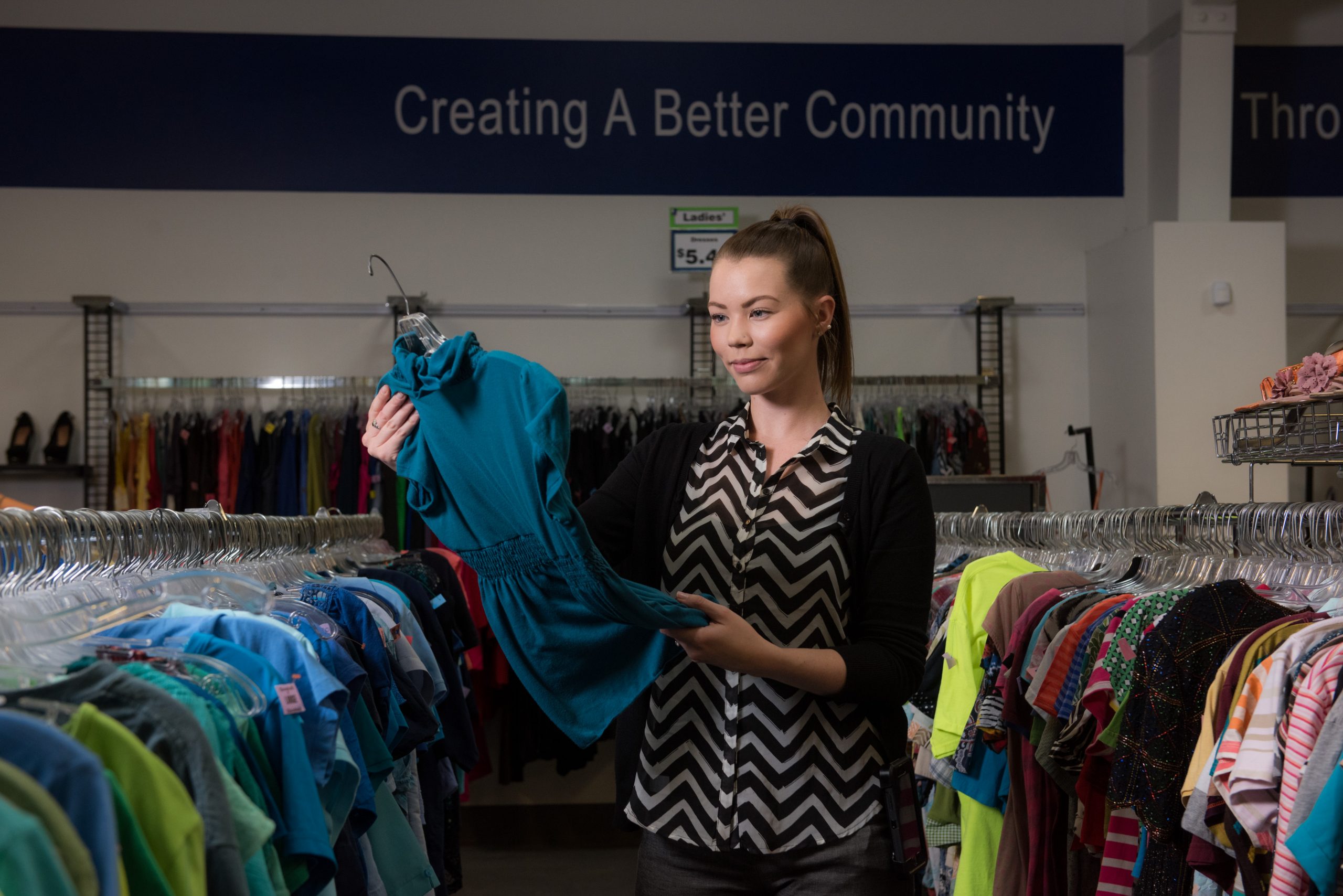We jumped in on SCAD’s Slow Fashion Club weekend excursion, providing you with inside access to your favorite local second-hand stores. Goodwill and Salvation Army have served as a haven for vintage tees, pants and blazers for over a century.
Their renewed apparel is not only valued for its ethical qualities but its unique journey upon creation. We often forget, an item’s expedition to the clothing rack isn’t purely magic. Today we’re taking you behind the scenes of two of the largest second-hand organizations in the nation.
When speaking with Goodwill’s SEGA (Southeast Georgia) outlet manager, Melanie Goodwin informed us of statistics behind the organization’s hand in the community. With an average of over 395,000 annual donations, their 160,000 storefronts supply a plethora of thrifty, nifty finds for customers around the nation.
The tedious selection process happens behind closed doors, in which each article is hand sorted by patient employees. Stats indicate only 40% of imported clothes make it to the floor. Items which make the cut are color-coded, and remain on the available for up to four weeks.
In anticipation of the end of the month-long rotation, the outlet’s items will be further discounted from 50% off in the last week to 99¢ on the final Sunday. Bales of clothes which are rejected, stained or unsuitable for retail are sent overseas to be turned into high-demand necessities, restructured textiles or fuel.
The process of cherry-picking clothes for display isn’t only an afterthought, but slips our mind entirely.

Quality is an important entity for Goodwill, which holds true for outlet storefronts as well. “You’d be surprised by some of the pieces we receive.” says Goodwin. Last year, Goodwill obtained an unwanted Rolex in their donations pile, which was determined authentic upon professional inspection.
Shoppers have pulled Fendi coats, Louis Vuitton totes and Ferragamo heels from the bins, some still bearing original tags. Articles of greater value are typically posted to Goodwill’s Ebay site, where products outside the realm of wardrobe basics can be found.
Influencers Sandra Sauceda and Alyssa Coscarelli swear by unique vintage finds from second-hand sources like Goodwill or Salvation Army. In a conversation with Red Magazine, Winona Ryder admits to wearing a $10 thrifted dress to the Oscars, while upcycling an old gown for Sean Penn’s 2014 Haiti Gala premiere. Sarah Jessica Parker’s Sex in the City wardrobe consists mainly of vicarious pieces found around New York, which were then tailored to fit for set.
Shopping at your local second-hand store is not only an exciting way to split from today’s redundant fast-fashion lines, but serve as a charitable method in giving back to your community.
Words by Anna Vescovi
Press Images: Neychea Colvin
*On-ground excursion conducted pre-COVID-19

